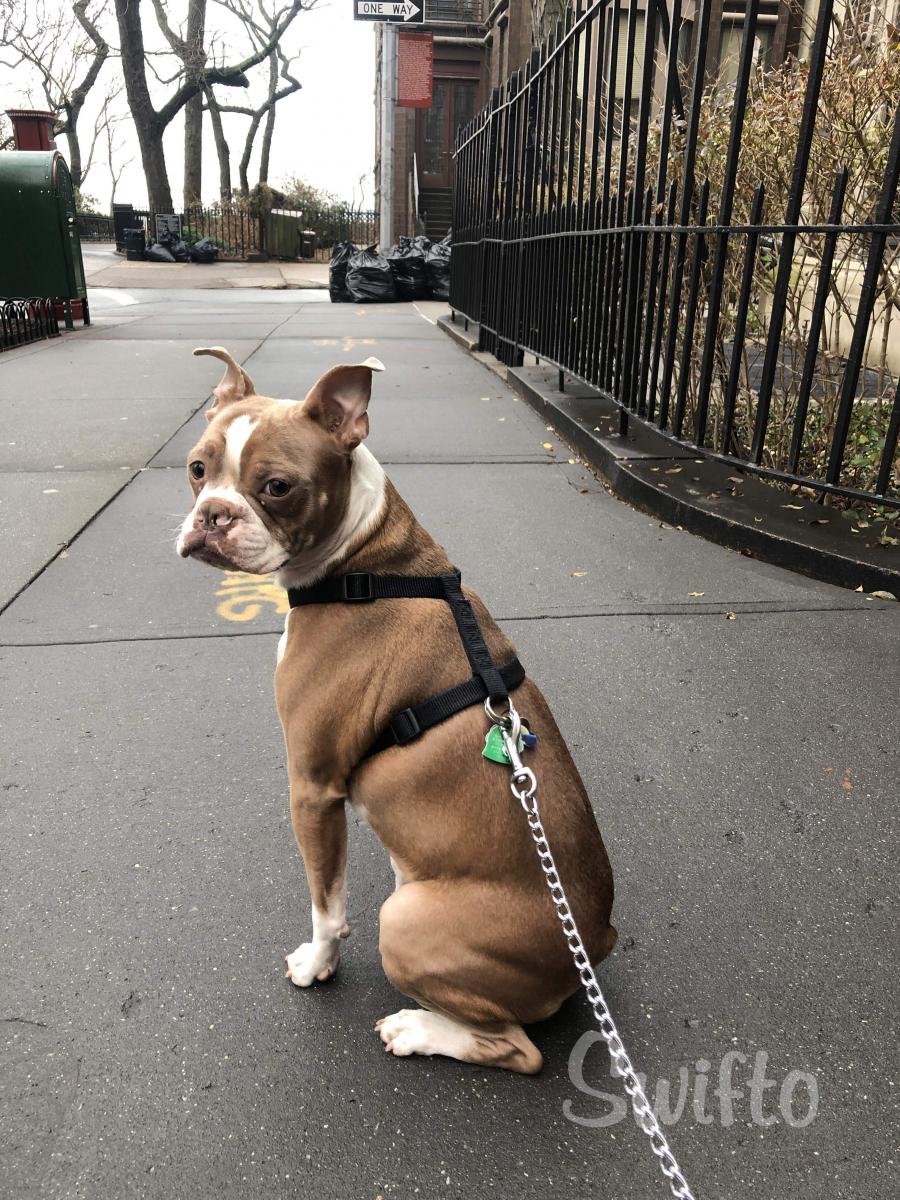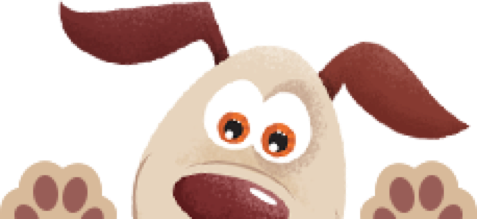There are some generally agreed-upon guidelines on how much food and water a dog should get per day. These figures are based on recommendations provided by veterinarians and the American Kennel Club and are based on your dog’s weight. Paying attention to the amount of food and water your dog consumes daily improves the quality of your care for your dog. If a dog owner notices their dog is drinking an above-average amount of water, they may get their dog to a vet in time to stop an infection from getting serious. If a dog is eating large portions of food but not gaining weight, a savvy owner may help stop a parasite in its tracks.
Water Intake
The recommended daily serving of water is 0.5-1 ounce of water per pound of body weight. If your dog gets dry food, they’ll need to drink more water than a dog who gets only wet food. If your dog’s food contains sodium, this will also lead to them drinking more water. Lastly, your dog may need slightly more than 0.5-1 ounce per pound during the summertime. Dog owners should note that an increase in the amount of water your dog drinks, or if your puppy begins life drinking a large amount of water, it can indicate: Parvovirus, Leptospirosis, Pancreatitis, and bladder infections or general infections.
To check if your dog is dehydrated, grab a piece of skin at the back of your dog's neck, stretch it out, then let it go. A properly hydrated dog's skin will snap quickly back into place, while the skin of a dehydrated dog will return slowly and form a tent or peak in the process. You can also check your dog's gums for dehydration: wet, slippery gums are healthy. Dull, sticky gums suggest dehydration. The indications of over-hydration are if a dog often vomits, becomes confused, or seems lethargic.
Food Intake
The ideal amount of food for your dog is a little bit less cut and dry. Richard H. Pitcairn, DVM, PhD states that "You should be able to feel your pet's ribs easily as you slide your hand over his sides.” Ribs should not be visible to the naked eye yet should not be hard to feel while anyone pets your dog. Askavetquestion.com has compiled a weight guide organized by breed. Swifto suggests picking a brand of either wet or dry food you feel comfortable with and feed your dog the suggested serving based on your dog’s body type (usually categorized as small/toy, medium, and large). If you notice your dog quickly gaining weight, decrease the amount of food by about two tablespoonfuls until your dog’s weight returns to a normal rate. Puppy owners should note that puppies need a small amount (a quarter of an adult serving on average) of food every two to four hours and should be monitored. Older dogs are better at pacing themselves when they eat, but some puppies may eat their food too quickly and have problems digesting.
These guidelines are a great starting point, but your dog needs you to observe their weight and behavior to find the ideal amount of food and water daily. Watch your dog during potty breaks and have your Swifto dog walker give reports. Talk to your vet if you notice irregularities in stool and/or prolonged diarrhea, as well as an irregular urination schedule (not peeing for days or needing to urinate more than every half hour).
How Swifto Can Help
At Swifto, we understand that maintaining your dog’s health and well-being involves careful monitoring of their food and water intake. Our experienced dog walkers can provide regular updates on your dog's behavior and any noticeable changes in their hydration and eating habits. Regular walks not only keep your dog physically fit but also help regulate their digestive system, ensuring they stay healthy and happy.
By incorporating Swifto's services into your routine, you can ensure your dog gets the exercise they need while having a reliable set of eyes to monitor their well-being. Our team is dedicated to helping you provide the best care for your furry friend.


